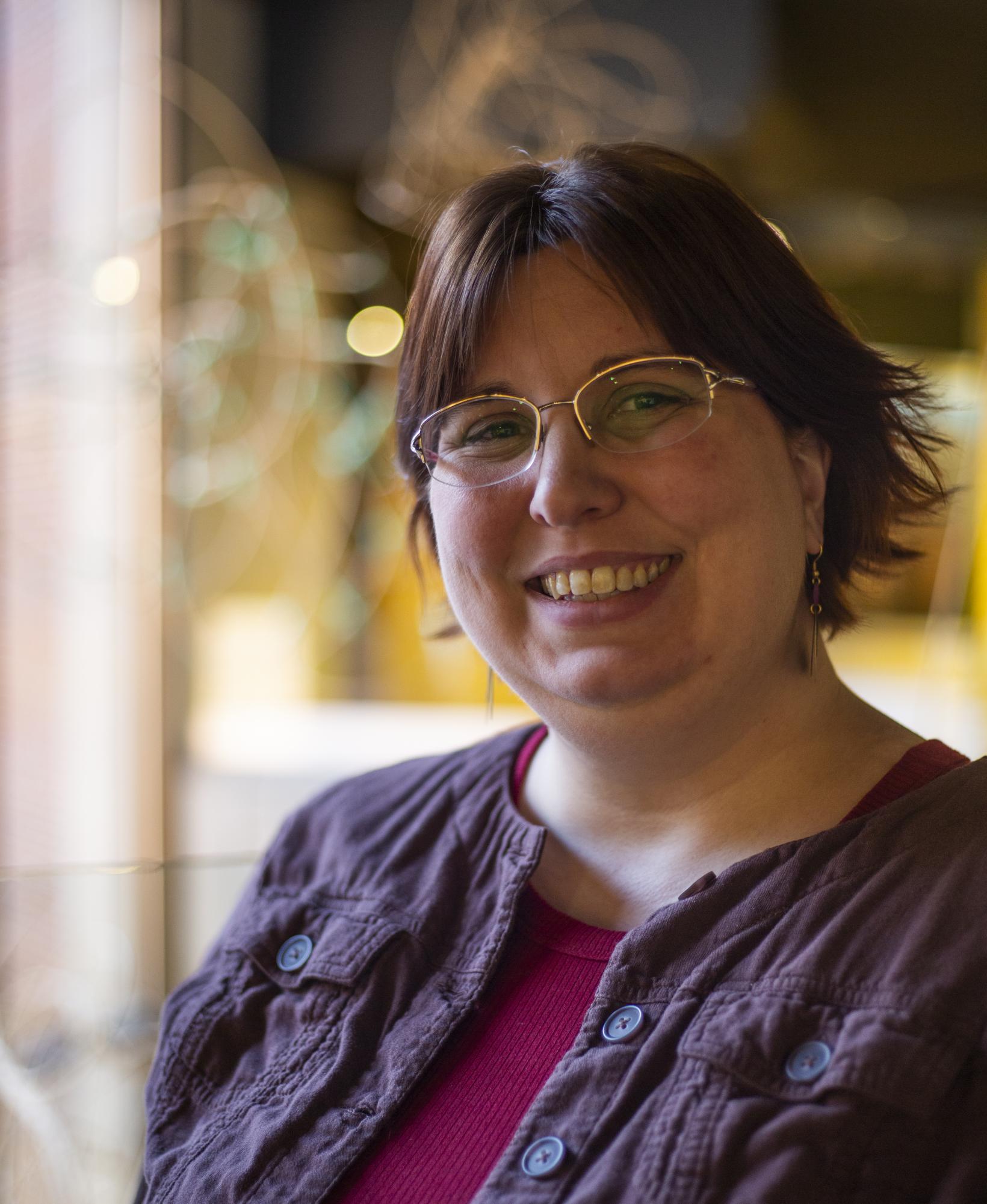Tiffany Isselhardt has spent her career researching women’s and girl’s culture, but it all started with the doll who has everything – Barbie.
Isselhardt is the exhibits curator and development coordinator for the Kentucky Museum at WKU. She has been at the museum since 2018.
In graduate school for public history at Appalachian State University, she took a material culture class with a professor she hated. Out of spite, she chose to do her research project on Barbie and the many careers the doll juggled in a 30-year period. Her paper, titled “Barbie: the Bitch who has Everything,” examines Barbie’s career title and clothing from 1959 to 1989 compared to the U.S. Census data of women’s careers throughout the same time.
“To answer the question, did Barbie break the glass ceiling before women?” She said. “And she did, Barbie actually did it.”
Barbie’s numerous careers encouraged young girls that they could exist and compete in male dominated fields.
Isselhardt’s project led her to focus her career and women’s history and women’s material culture. She completed an internship at the Girl Museum, a completely online museum focused on girlhood.
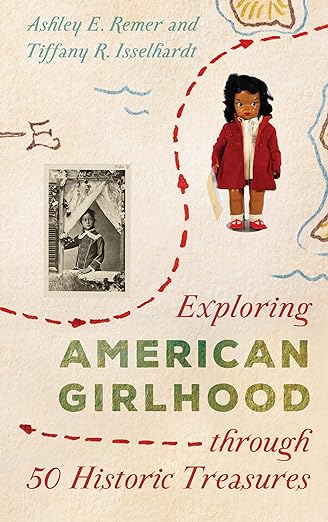
Isselhardt has published two books about girlhood, “Exploring American Girlhood in 50 Historic Treasures” in 2021 and “A Girl Can Do: Recognizing and Representing Girlhood” in 2022.
“Stop telling false stories, and start telling the right ones and start saying women deserve to be heard,” she said. “That’s the entire focus of my work.”
Her first book provides a glimpse into girlhood through history from the Pocahontas statue in Jamestown, Virginia, to when women began wearing pants.
“It felt so important to be like, we have to correct this because somebody has to correct this narrative. Somebody has to start getting it out there that we’ve been telling the story wrong,” Isselhardt said. “If we don’t start telling it right now, we’re doing a grave injustice, not only to the people who are representing but to future generations of Americans, and especially American girls, who are being lied to about their history.”
One story that Isselhardt finds is consistently falsely told is Pocahontas, which she covers in her book. The 1995 Disney film, Pocahontas, romanticizes her encounter with John Smith and she saves Smith’s life as she fights for peace between her tribe and Jamestown settlers.
“Disney is portraying her as a woman, a fully developed woman,” Isselhardt said. “She was 12. There is no romantic story there. We’re talking about a story of a young girl, and a culture that has been completely misrepresented throughout history.”
Pocahontas was kidnapped and taken to England where she was renamed to “Rebecca” and converted to Christianity. She died at 21 years old and was buried at a church.
“A story of women’s power of their essential role in an indigenous tribe that has been completely glossed over in favor of a European tale of romance and adventure,” Isselhardt said. “Not to mention a story of child rape, and murder potential. She was potentially murdered, and we’ve glossed over it and nobody’s ever investigated it.”
Like the story of Pocahontas, there are numerous stories in history that overlook what women went through or how they contributed to the world we know today.
“When you take away all these lenses that traditional history puts on girls and women, and especially girls and women of color, you get a viewpoint that drastically changes how we tell American history,” Isselhardt said. “In fact, it actually makes it so much more interesting. And raises a lot of questions that could help us look at everything differently. And especially how we act today, how women and girls are treated today.”
“Stop telling false stories, and start telling the right ones and start saying women deserve to be heard.” -Tiffany Isselhardt
At the Kentucky Museum, she uses her research to help shape stories for exhibits she’s working on.
“Anything you see in this museum, and everything you don’t see because there’s a ton, is somehow connected to women and girls, whether directly or indirectly,” Isselhardt said. “And I’m able to bring that every single day to the work that we do.”
Isselhardt said museums highlighting and telling women’s stories gives women more power.
“I find that museums and the objects and stories we hold have power. We see it with black communities and other people of color, we see it in a host of marginalized communities as a whole, that when you uplift their stories, and you tell their stories, they have more power, they’re able to get investment, they’re able to feel ownership. We should be doing that with girls and women a lot more.”
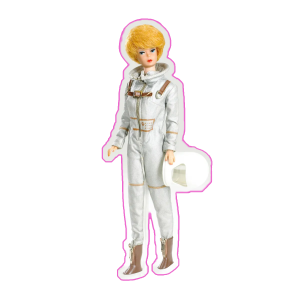
A Williams College analysis found that the overall split between male and female artists in America’s museums is approximately 87% of work by male artists and 13% of work by women artists, due to the overwhelming dominance
of male artists from the 19th century and earlier. However, women currently make up 55% working artists, according to the career platform Zippia.
“Why do we not have a true Museum of Women in this country?” Isselhardt said. “Why do we not have more representation of women artists? Despite the Guerrilla Girls movement of the 90s that advocated for it, women are still severely underrepresented. They’re not invested in it.”
Isselhardt herself struggled with her own power as a woman until her 30’s.
“I’ve personally struggled a lot as a young woman,” Isselhardt said. “It wasn’t until I was in my 30s that I truly felt that I came into my power as a woman, and I found my voice.”
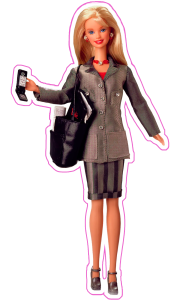
Isselhardt also shares her research and writing on a more intimate level through her blog, https://historymuse.medium.com/.
“For me, writing is not necessarily a job as long as I like what I’m writing. Like I write on Medium for fun, what I find stories in history that I’m like, ‘Oh, this is really exciting,’” Isselhardt said. “I want to go down this rabbit hole. I’ll just go research something and I’ll find answers to it.”
Her writing process is made possible with the help of her partner, Michael.
“I am very fortunate to have a partner who understands my passion and supports it wholeheartedly,” she said.
“I would say that’s really been a key, is that partnership and that support network, I would not have completed that book without him.”
But her biggest inspiration is her mom, despite how cliche she thinks it is to say that. Her mother gave up college to support Isselhardt’s father throughout law school.
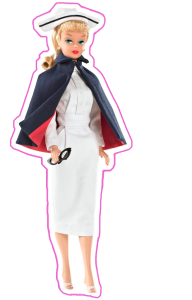
“She went back to work, and, but she never finished college,” Isselhardt said. “But she never let that stop her. My mom always made sure to let me know that it didn’t matter what credentials you had, or what other people thought of you. What mattered is what you thought of yourself, and what you wanted.”
To Isselhardt, her mother was the real life embodiment of Glinda, the Good Witch from “Wizard of Oz.”
“She was Glinda, the Good Witch in every sense of the word,” Isselheardt said. “She’s like, you’ve always had that power. You’ve always had it. I believe in you, and you can do it.”
Engagement Editor Debra Murray can be reached at [email protected]. Follow her on X @debramurrayy.


